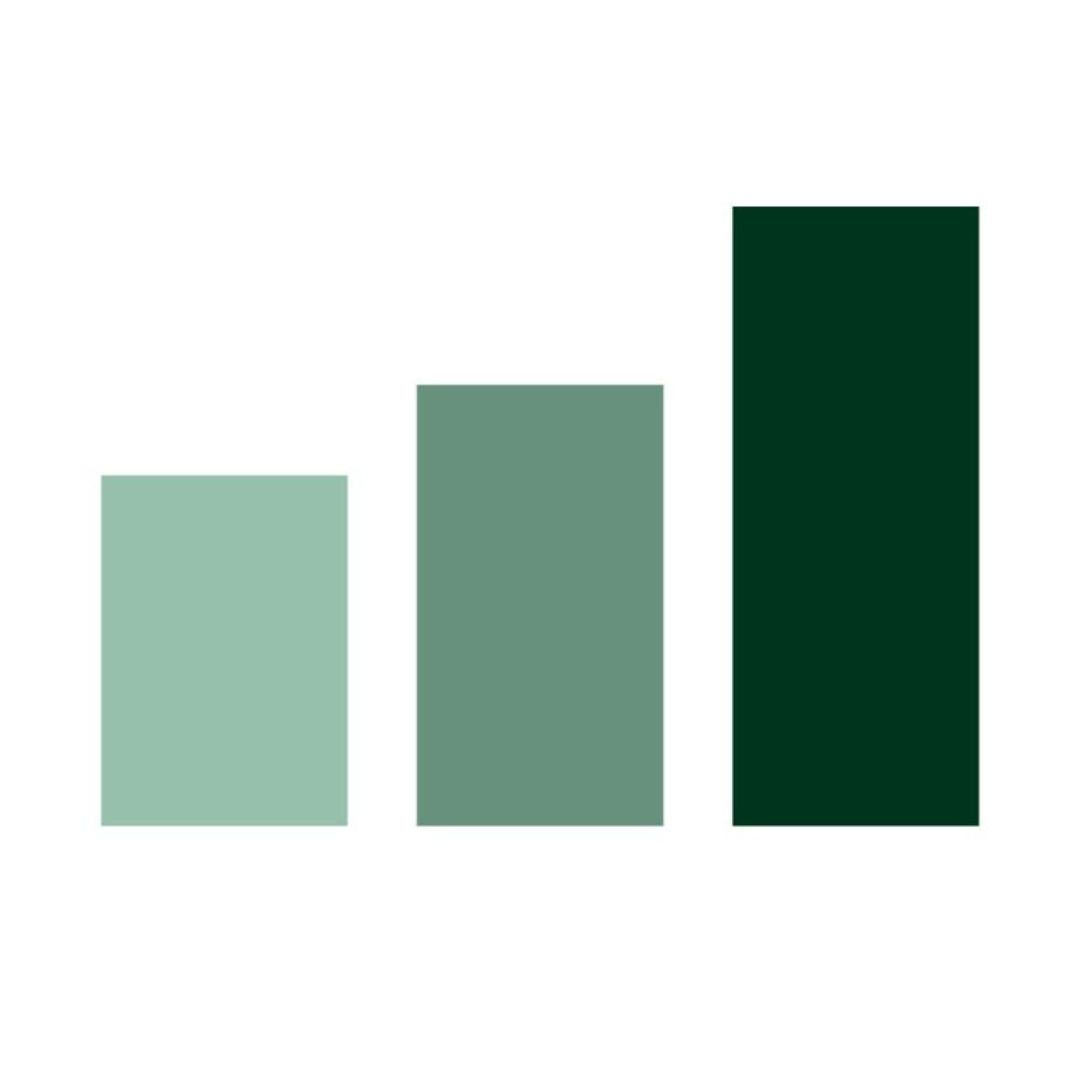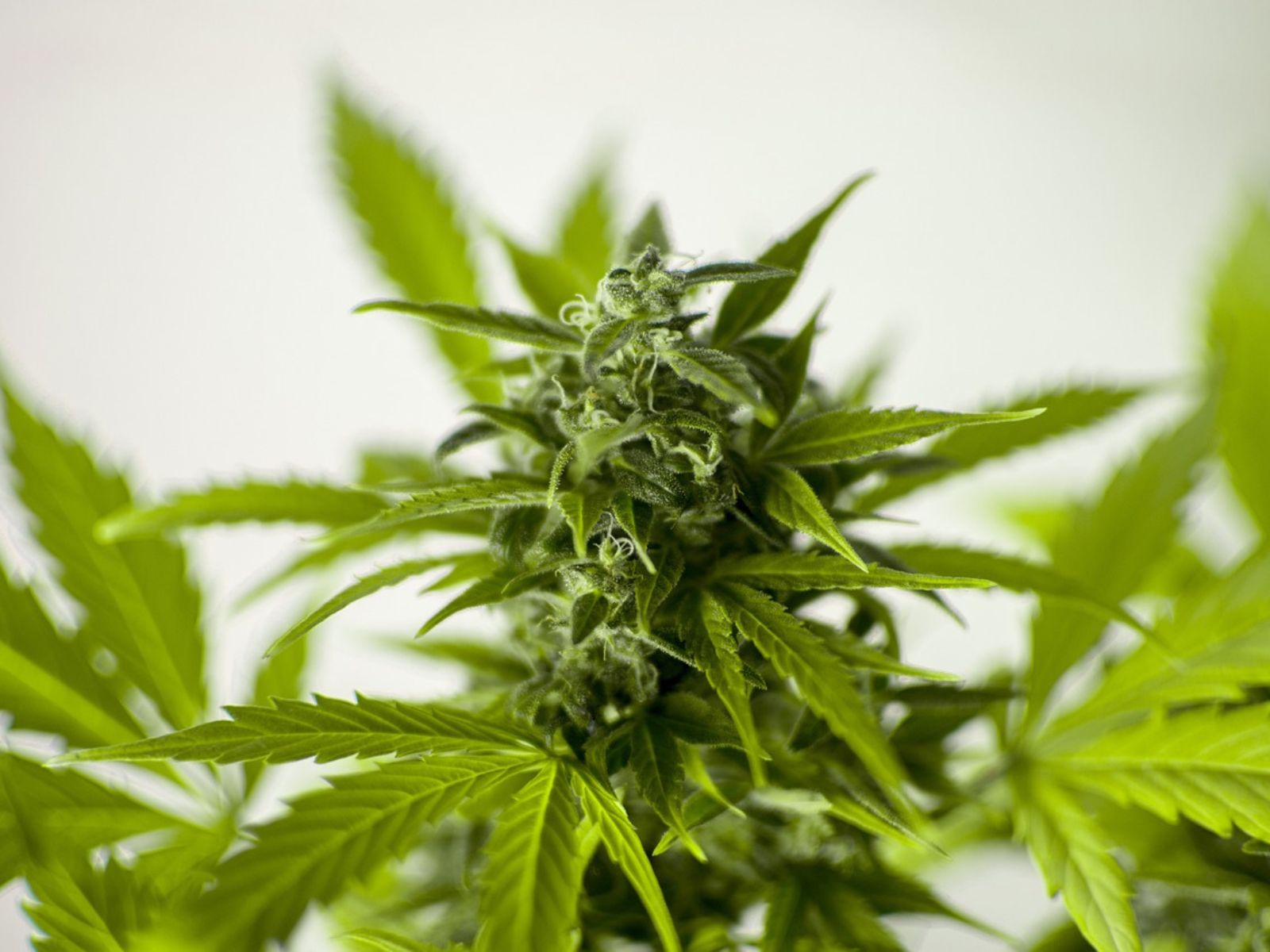The cannabis plant provides a number of wellness benefits to suffering patients. Medical cannabis can be consumed via various delivery methods, from pre-rolled joints and topical rubs to vaporizer devices. A consumption method that has grown in popularity among patients in recent years is cannabis pharmaceuticals.
Cannabis pharmaceuticals are popular with many patients because they are a familiar delivery method, not unlike therapeutic pharmaceutical products that treat other ailments and conditions. Pharmaceuticals in general are very common in society, so cannabis pharmaceutical products may be more generally accepted by patients in some markets compared to non-pharmaceutical cannabis products.
Research and Markets is projecting that the cannabis pharmaceutical market will reach $1.37 billion by 2027. The researchers also determined the following regarding cannabis pharmaceuticals:
- Epidiolex (Epidyolex in Europe) is the dominant player in the market, with an estimated market share of around 76% projected for 2023.
- In the pharmaceutical cannabis industry, the only drug to generate significant sales (of approximately €160 million annually) apart from Epidiolex and Sativex is dronabinol.
- CBD and THC are still seeing the majority of patent activity versus other cannabinoids, as they have historically. A large amount of activity is also focused on cannabinoids and compounds that are closely related to these cannabinoids, for example CBDV, THCV, CBDA, and relevant prodrugs and analogues.
- There is a wide variation in the costs associated with each stage of the clinical trials process, but even at the lowest end, bringing a medicine to the market is going to cost US$20 million or more.
- Pharmaceutical cannabis sales are concentrated in two regions globally – North America and Europe. Within these regions, sales are not evenly distributed but are concentrated in key markets.
“The impact of Syndros, Marinol, nabilone and Cesamet/Canemes on the overall figures is of little significance – collectively, these medications are projected to contribute less than US$3 million in 2023, representing less than 0.3% of the global sales.” Research and Markets stated in a press release.
A potentially big driver in the near future for the cannabis pharmaceutical sector is the reported expectation that the United States will reschedule cannabis from its current status as a Schedule I controlled substance to Schedule III.
According to a separate analysis by New Frontier Data, cannabis consumers around the globe “spent an estimated $415 billion on high-THC cannabis in 2020” and that figure is expected to increase to to $496 billion by 2025.
“Much of the world has not yet legalized cannabis, and nearly all the demand resides in illicit or unregulated markets. In 2020, 94% of high-THC cannabis spend was in unregulated channels.” New Frontier Data states.
New Frontier Data has determined that sales of high-THC cannabis products through legal regulated outlets totaled $23.7 billion in 2020 and that legal sales are projected to reach $51 billion by 2025. New Frontier Data estimates that legal cannabis sales of adult-use cannabis “are projected to be double those of legal medical sales by 2025, despite the higher number of medical markets globally.”

